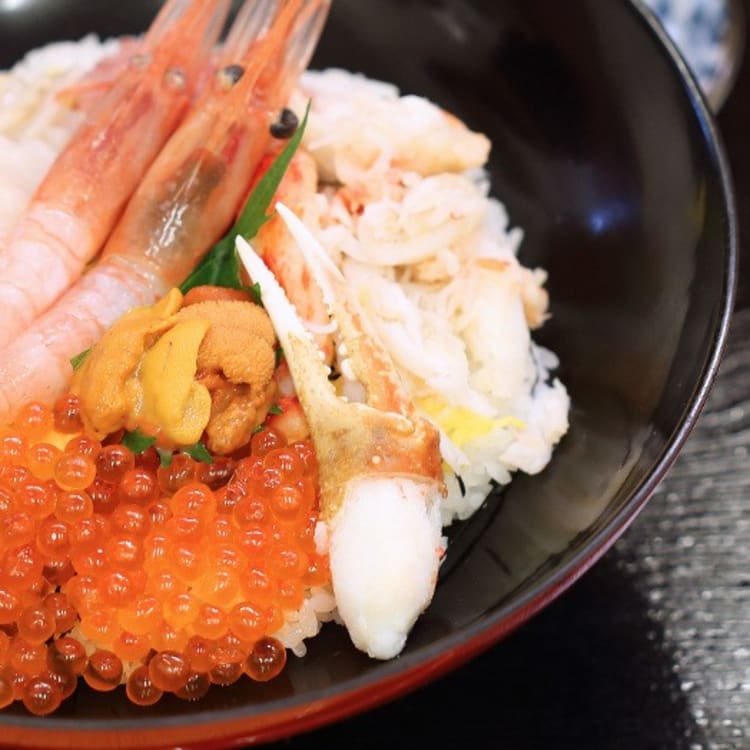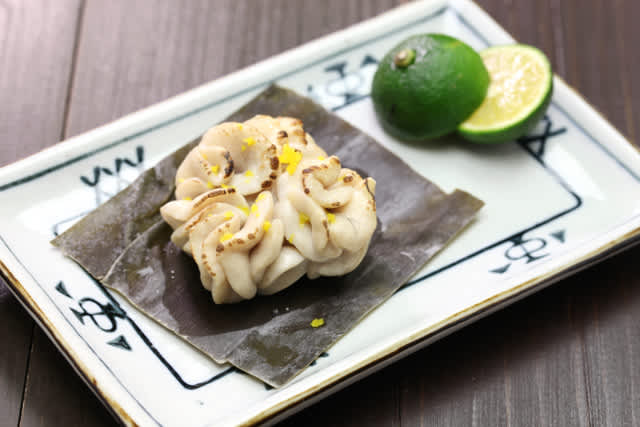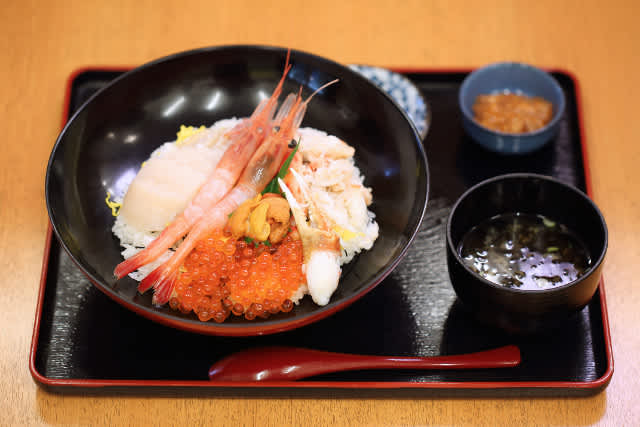
Six Japanese foods to try for the adventurous
Just when you thought you knew everything about Japanese food. Ramen, udon, soba, sushi – the list of popular dishes is endless. What more could first-time travellers to Japan add to their culinary hit list for a truly authentic experience? Well – quite a lot, actually.
Aside from the well-known favourites which have found a place on menus across the globe, there are some uniquely Japanese foods you’re only ever likely to experience on Japanese soil. So, read on and take note of these lesser-known, yet quintessentially Japanese dishes so you don’t miss out.
Yuba
There’s more to tofu than meets the eye. Yuba is a by-product of the process which produces tofu from soybeans – it’s the tofu “skin”, to be precise. When soy milk is boiled in a shallow pan, a skin forms on the surface which is extracted and eaten fresh or dried. Yuba is typically eaten as part of a main dish, or used to wrap a filling.
Funazushi
This will probably be the oldest dish you’ll ever try – quite literally. That’s because it takes 3 to 4 years to make! Funazushi is a type of sushi originating from Shiga Prefecture, made from fermented crucian carp. The raw fish is packed in salt for 1 year before it’s dried, mixed with rice, and left to ferment for a further 3 years.
As you’d expect, it creates a strong smell which can even discourage the most adventurous food enthusiast, but its longevity suggests it might be worth a try. Funazushi is often served in soup or fried in tempura batter.
Chiragaa
Originating from Okinawa where it’s believed no part of the pig should be wasted (and why should it be), chiragaa is simply the skin of a pig’s face. This delicacy is grilled and often served with vegetables. Sometimes, chiragaa is sold smoked to give a jerky-like texture, or thinly sliced and added to soups.
Shirako
When you think about bar snacks, you might imagine chips and peanuts – but there’s something a little more adventurous going on in select Japanese bars. The word shirako means “white children” and in case you haven’t already guessed – that refers to the milt (sperm sacs) of fish. Traditionally, shirako is served raw or hot with seaweed in a tangy ponzu sauce.

Uni
Perhaps one of the more expensive dishes you’ll try in Japan, uni is the word for sea urchin. But fear not, uni is only the soft orange centre of a sea urchin, so the spines will be long gone before it makes it to your plate. A mixture of salty, sweet and bitter flavours, uni is most commonly eaten with rice or wrapped in rice and seaweed.

Goya
Let’s take a break from meat and seafood and introduce goya. Although the vegetable originates from Okinawa, goya is now a popular inclusion to meals all over Japan. Granted – it’s not an attractive vegetable from the outside with its green bumpy skin, but the nutritious bitter flesh of goya (known as bitter melon in the West) is typically stir fried with tofu, egg, and sometimes pork in a dish known as goya champuru.




















































